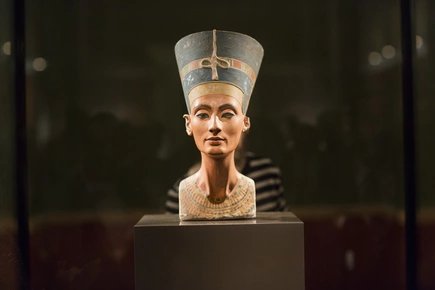
Event 4 from the ‘Art of Tolerance’ series
The art of tolerance is practised, sometimes demanded, lived and ends somewhere.
But how can tolerance be justified and how can its necessity be proven?
Is it merely a means of enabling peaceful coexistence or is it a value? In any case, it plays an important role in a democracy because it promotes balance and understanding. It guarantees the necessary freedom of the individual and allows other opinions to exist.
To better understand the importance of tolerance, it helps to take a look at its history since the religious wars of the 16th century and to analyse its significance for the development of Berlin. And the famous correspondence between two friends will help to understand their relationship to freedom. Ultimately, it came under massive pressure in the 20th century and is urgently needed today.
The 20th century: The art of tolerance in the age of extremes
When the age of extremes dawned in the 20th century, the ideal of tolerance came under massive pressure. The consequences are particularly evident in the art world. Never before has art been so diverse. It has never been so irreconcilable and its environment so hostile. The lecture takes us from the Weimar Republic through National Socialism to the post-war period.(Language: German)
Additional information
Dates
June 2025
| Mo | Tu | We | Th | Fr | Sa | Su |
|---|---|---|---|---|---|---|
1
| ||||||
2
|
3
|
4
|
5
|
6
|
7
|
8
|
9
|
10
|
11
|
12
|
13
|
14
|
15
|
16
|
17
|
18
|
19
|
20
|
21
|
22
|
23
|
24
|
25
|
26
|
27
|
28
|
29
|
30
|



